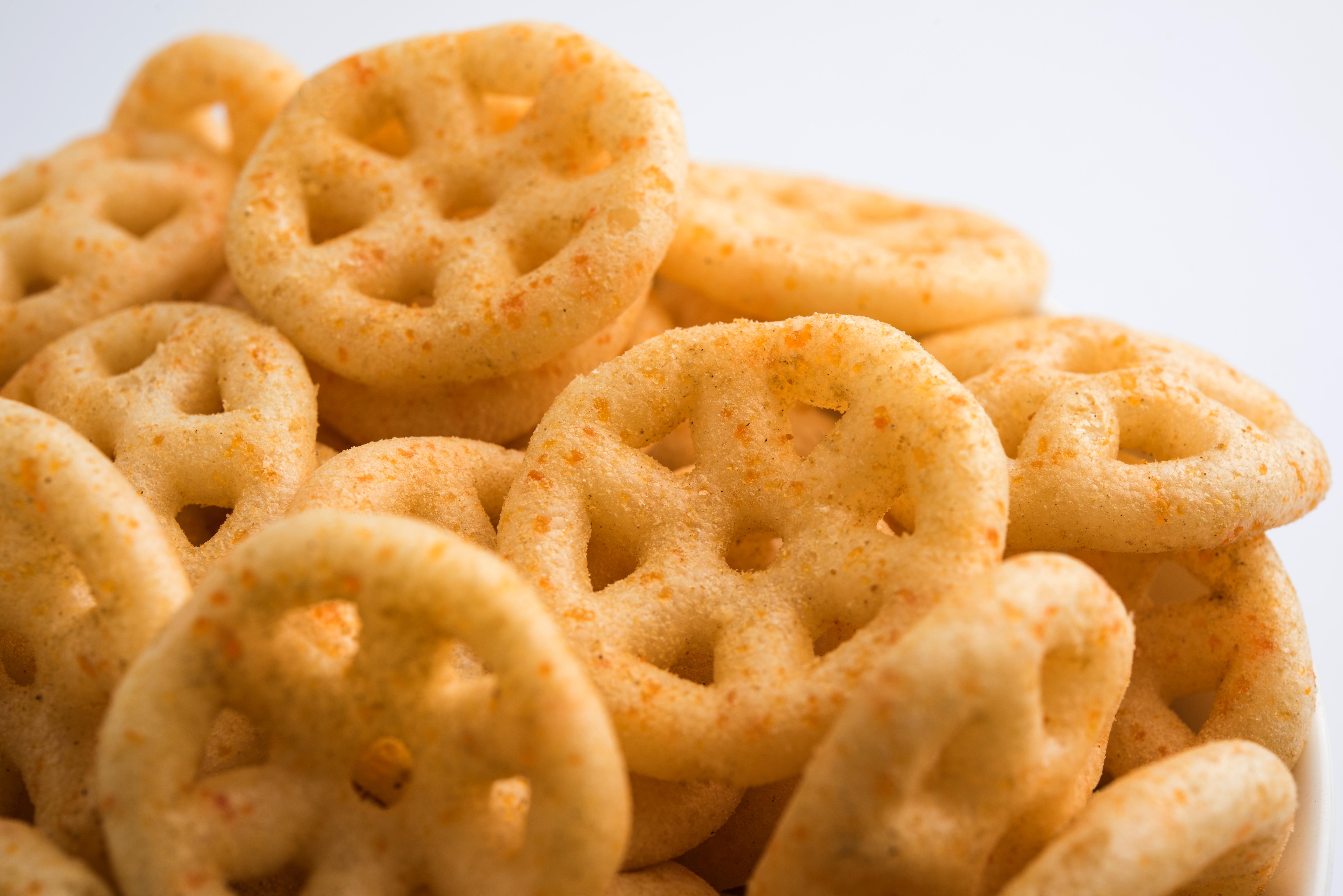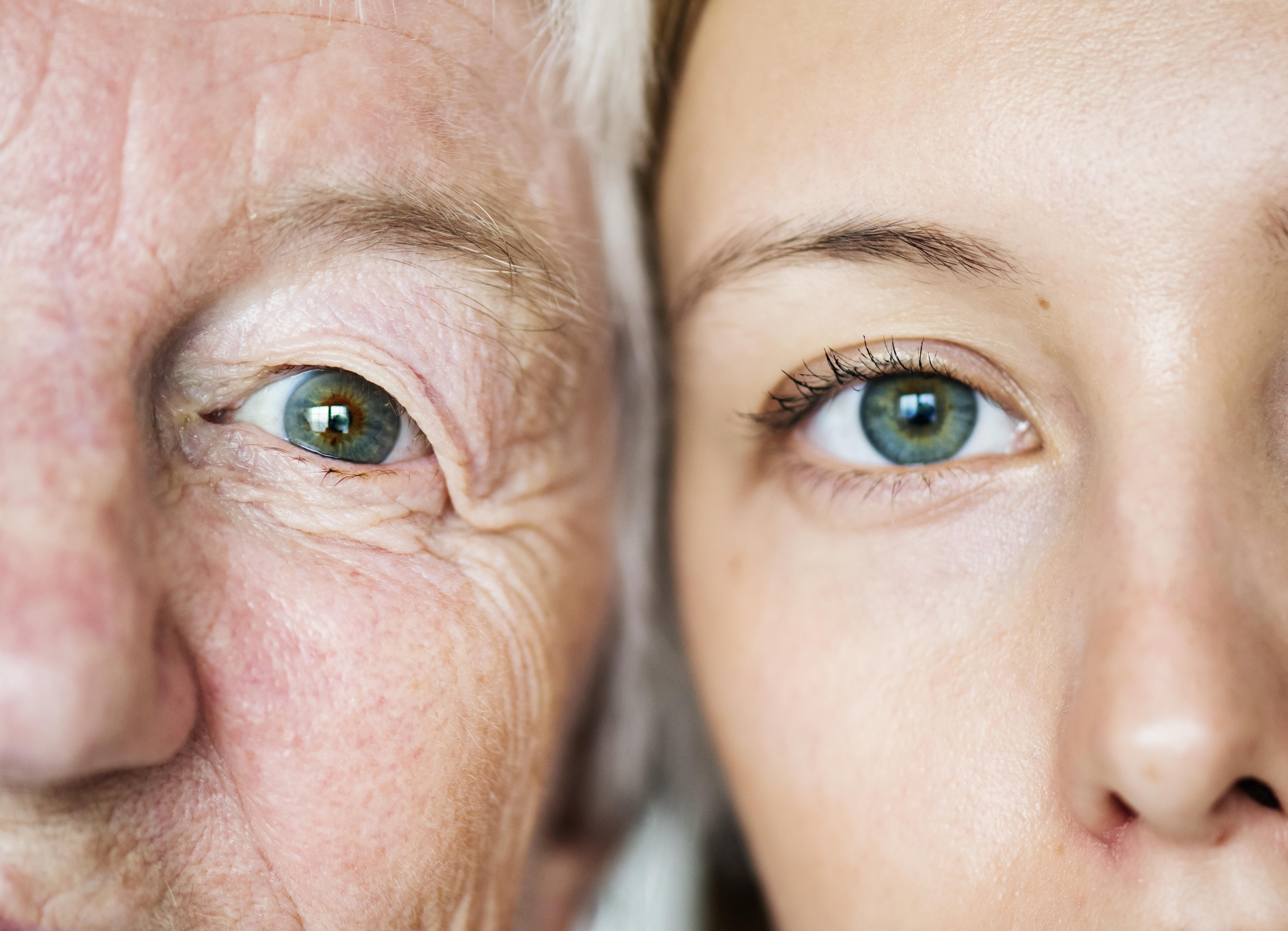Why Your Body Craves Certain Foods
Cravings are a universal phenomenon that often leaves us puzzled and intrigued. Whether it's a sudden urge for chocolate or an irresistible desire for salty snacks, these cravings can strike at any moment. But what drives these intense desires? Are they merely a result of habit, or do they signify something deeper about our physiological and psychological needs? This article embarks on a journey to uncover the top 10 reasons behind your body's cravings, exploring the fascinating interplay of biology, psychology, and culture. Join us as we delve into the science and mystery of food cravings, revealing insights that can help you understand your body's signals more clearly.
1. Nutrient Deficiencies: The Body's SOS

One of the most compelling reasons behind food cravings is the body's intuitive response to nutrient deficiencies. When your body lacks certain vitamins or minerals, it may trigger cravings for foods that contain these nutrients. For instance, a craving for chocolate might indicate a magnesium deficiency, while a desire for red meat could suggest a need for more iron. This biological mechanism is your body's way of signaling that it requires specific nutrients to function optimally. Understanding these signals can help you make healthier food choices, ensuring that your diet is well-balanced and nutritionally complete.
2. Emotional Eating: Comfort in Cuisine

Emotions play a significant role in driving food cravings, often leading to what is known as emotional eating. Stress, sadness, or even boredom can trigger a desire for comfort foods, which are typically high in sugar, fat, or carbohydrates. These foods can temporarily boost serotonin levels, providing a fleeting sense of happiness or relief. However, this cycle can become problematic if it leads to overconsumption and unhealthy eating habits. Recognizing the emotional triggers behind your cravings can empower you to seek alternative coping mechanisms, promoting better mental and physical health.
3. Hormonal Fluctuations: The Internal Tide

Hormonal changes, particularly those related to the menstrual cycle, pregnancy, or menopause, can significantly influence food cravings. For example, many women experience increased cravings for sweets or salty foods during PMS due to fluctuations in estrogen and progesterone levels. Similarly, pregnancy can bring about unique cravings as the body adjusts to support the growing fetus. Understanding the hormonal underpinnings of these cravings can help individuals manage their diet more effectively during these periods, ensuring that nutritional needs are met without overindulging in unhealthy options.
4. Hydration Levels: Quenching the Misinterpretation

Dehydration is a lesser-known but significant factor that can lead to food cravings. Often, the body misinterprets the need for water as hunger, leading to cravings for foods with high water content, such as fruits or salty snacks. This confusion can result in unnecessary calorie consumption when a simple glass of water might suffice. Staying adequately hydrated can help you differentiate between true hunger and thirst, reducing the likelihood of succumbing to unnecessary cravings and promoting overall wellness.
5. Gut Microbiota: The Microbial Influence

The trillions of microorganisms residing in your gut, collectively known as the microbiota, play a crucial role in shaping your food cravings. These microbes can influence your dietary preferences by producing neurotransmitters and other signaling molecules that communicate with the brain. An imbalance in gut bacteria might lead to cravings for certain foods that support the growth of specific microbial populations. By maintaining a healthy gut microbiome through a balanced diet rich in fiber, probiotics, and prebiotics, you can help regulate your cravings and improve digestive health.
6. Cultural and Social Influences: The External Pressure

Cultural norms and social settings can heavily influence food cravings, often dictating what is considered desirable or acceptable to eat. From childhood, individuals are conditioned to associate certain foods with celebrations, comfort, or status, which can persist into adulthood. Social gatherings and media portrayals further reinforce these associations, making it challenging to resist cravings in certain contexts. Being aware of these external influences can help you make more mindful food choices, allowing you to enjoy cultural and social experiences without compromising your dietary goals.
7. Circadian Rhythms: The Biological Clock

Your body's internal clock, or circadian rhythm, can also play a role in food cravings. Research suggests that cravings for high-calorie foods tend to increase in the evening, possibly due to the body's natural preparation for an overnight fast. This biological inclination can lead to late-night snacking, which might disrupt sleep patterns and contribute to weight gain. By aligning your eating habits with your circadian rhythms, such as consuming larger meals earlier in the day, you can better manage your cravings and support a healthy metabolism.
8. Sensory Stimulation: The Power of Perception

The sensory experience of eating—encompassing taste, smell, and texture—can significantly impact food cravings. The anticipation of a pleasurable sensory experience can trigger cravings for specific foods, especially those that are visually appealing or have strong aromas. Food manufacturers often exploit this by enhancing flavors and aromas to make products more irresistible. Understanding the sensory triggers that drive your cravings can help you develop strategies to manage them, such as practicing mindful eating or finding healthier alternatives that satisfy your sensory desires.
9. Habitual Patterns: The Routine Reinforcement

Cravings can also be the result of habitual eating patterns ingrained over time. Regularly consuming certain foods at specific times can condition your body to expect them, leading to cravings even in the absence of hunger. For instance, if you always have a snack while watching TV in the evening, your body may start craving food at that time regardless of your actual nutritional needs. Breaking these habitual patterns requires conscious effort and mindfulness, but doing so can help you gain control over your cravings and develop healthier eating habits.
10. Genetic Predispositions: The Inherited Palate

Genetics can influence your food preferences and cravings, as certain taste receptors and metabolic pathways are inherited from your ancestors. Some people may have a genetic predisposition to crave sweet or fatty foods, while others might have an aversion to bitter flavors. Understanding your genetic makeup can provide insights into your cravings and help you tailor your diet to suit your unique needs. While you can't change your genes, being aware of their influence can empower you to make informed dietary choices that align with your health goals.
Navigating the Craving Landscape

Cravings are a complex interplay of biological, psychological, and environmental factors, each contributing to the unique tapestry of your dietary desires. By understanding the diverse reasons behind your cravings, from nutrient deficiencies and emotional triggers to genetic predispositions and cultural influences, you can better navigate the landscape of your eating habits. This awareness not only empowers you to make healthier food choices but also fosters a deeper connection with your body's needs. Embrace the journey of understanding your cravings, and let it guide you toward a more balanced and fulfilling relationship with food.